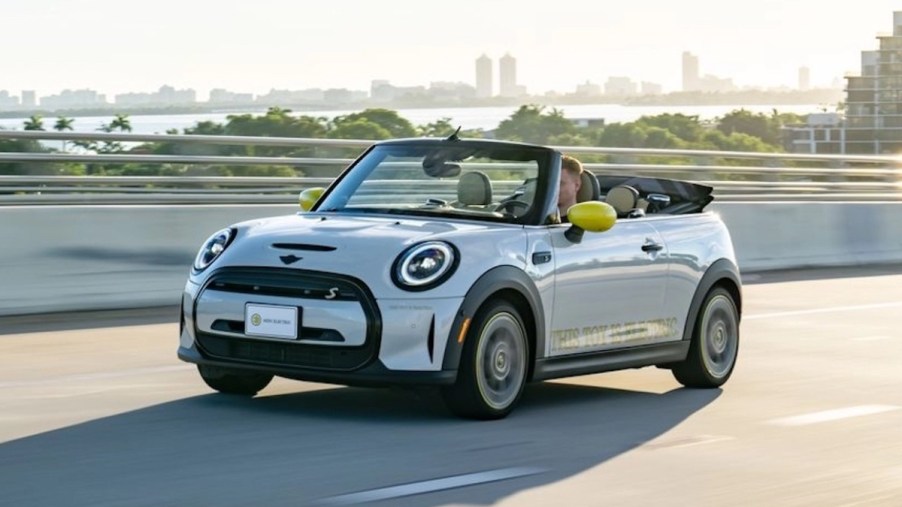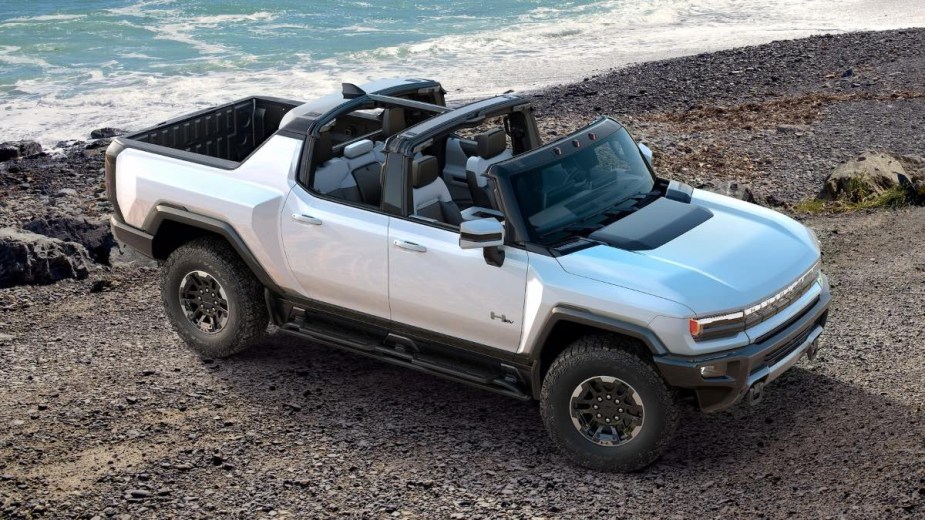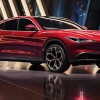
1 Key Reason Why Electric Convertible Cars Aren’t Available
The EV era is marching forward at a rapid pace. Many electric cars are now available, and more are on the way. You can find electric vehicles for nearly every type of vehicle, whether it’s a sedan, hatchback, SUV, or pickup truck. However, there is one glaring omission. Other than the GMC Hummer EV with its removable roof panels, there aren’t any electric convertible cars currently available. This is due to one key reason.
The heavy weight of EV battery packs is a safety risk for electric convertible cars in rollover accidents

The primary reason why there are not any electric convertibles currently available is safety. EVs are very heavy, which is due to the high weight of the battery packs. The standard practice is to place the battery packs underneath the vehicle floor. This placement has multiple benefits, such as increasing interior space and lowering the center of gravity for improved driving dynamics.
However, the risk that a heavy battery pack poses for an electric convertible is it could crush the soft top in the event of a rollover accident. While the low center of gravity with the battery packs helps prevent a rollover in the first place, the danger that the heavy weight poses makes automakers wary of producing electric convertibles.
Automakers might seek alternative layouts for EV convertibles

With the dangers of the heavy battery pack, automakers might seek alternative layouts for electric convertibles that differ from a traditional convertible design. GMC already did this with the Hummer EV with its removable roof panels. Also, the new Tesla Roadster has a removable glass-panel roof that stores in the trunk.
However, there isn’t any current law that prevents EV convertibles from getting built. As detailed by AutoWeek, the National Highway Traffic Safety Administration (NHTSA) exempts convertibles from its regulation that governs roof crush resistance.
“Convertibles are exempt from NHTSA’s roof-resistance standards, but many include safety features like stronger A-pillars or roll bars to mitigate risk in a rollover. I can’t say how those features might hold up in a heavier battery-powered vehicle,” said Joe Young, director of media relations at the Insurance Institute for Highway Safety (IIHS).
Young also discussed the benefit of how the heavy battery pack in an electric convertible could help prevent a rollover. He said, “All else equal, a lower center of gravity can certainly help keep a vehicle upright.”
Lower demand might be another reason for the lack of availability of electric convertible cars
Another reason for the lack of availability of electric convertibles might be lower demand. Overall, convertibles are not as popular as they used to be — with a downward trend over the past decade. In 2021, convertibles made up less than half a percent of vehicle sales in the United States. While some convertibles, such as the Chevy Corvette Convertible and Mazda MX-5 Miata, sell well, these are still a tiny part of the market share compared to non-convertible models.
However, if you’d like to get behind the wheel of an electric convertible, you can be hopeful. There are some exciting EV convertibles that will be available in the coming years. For more details on these models, continue reading below.


